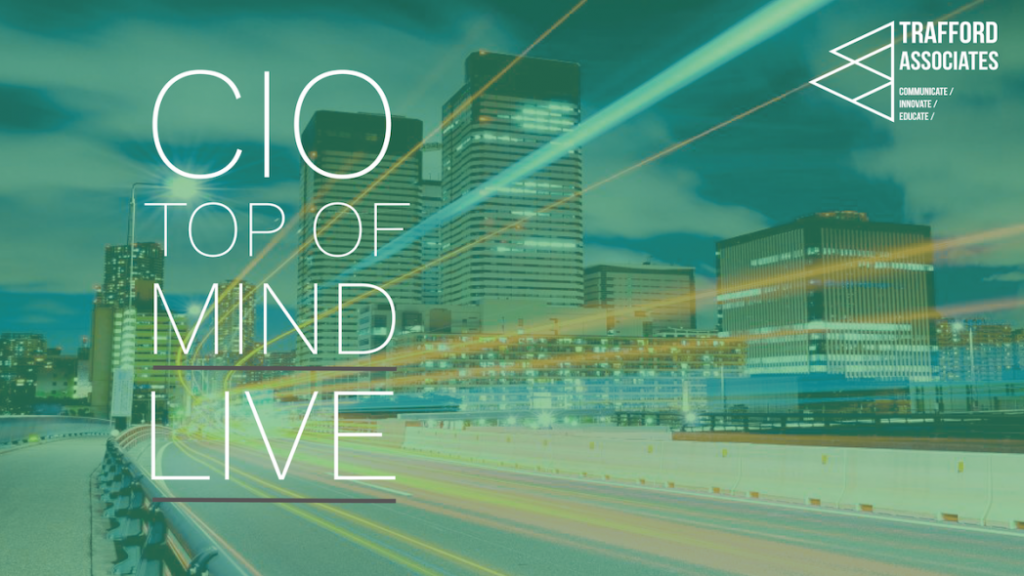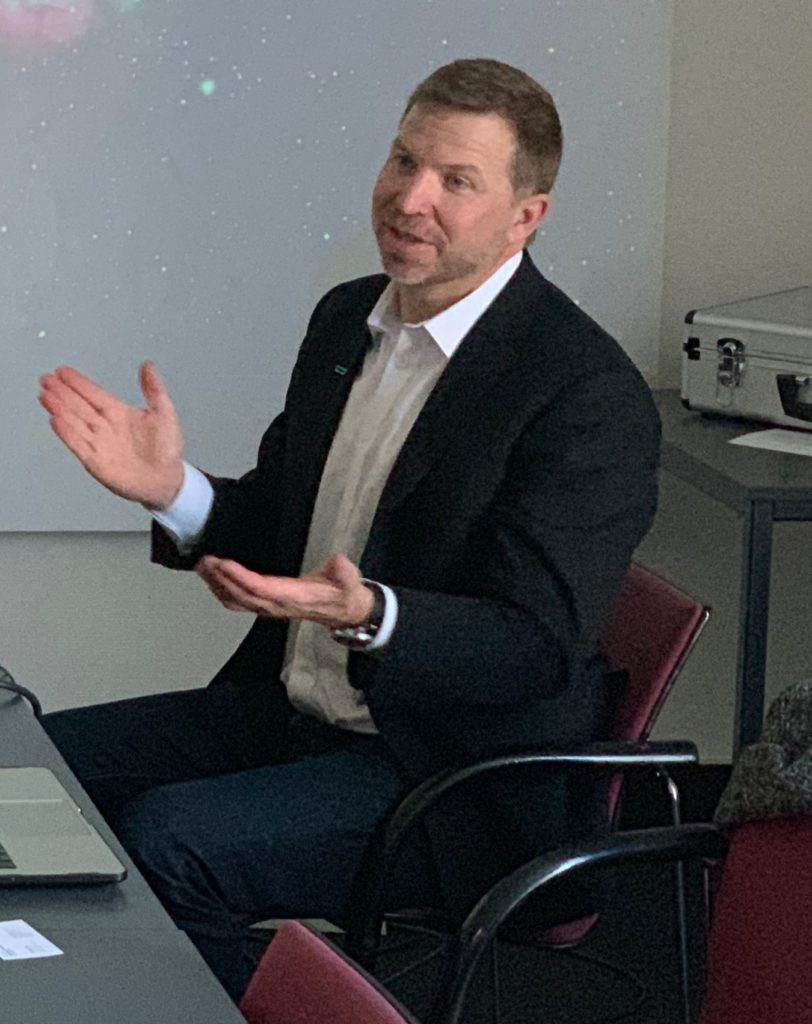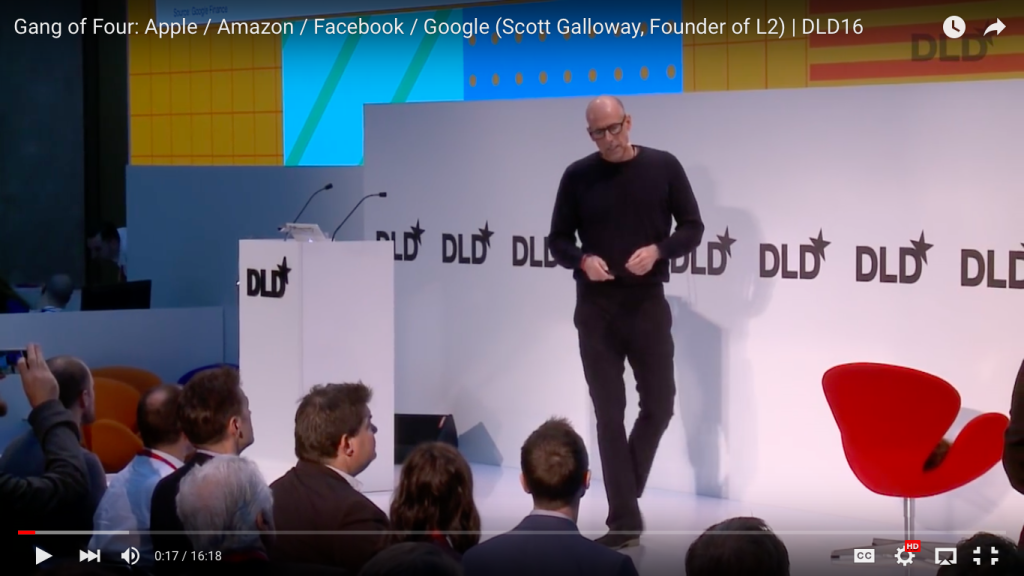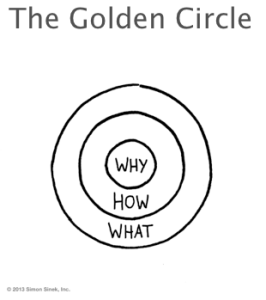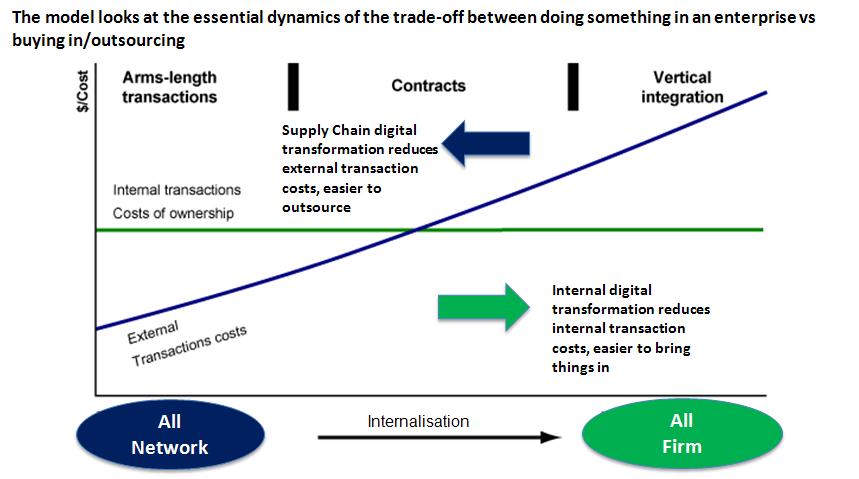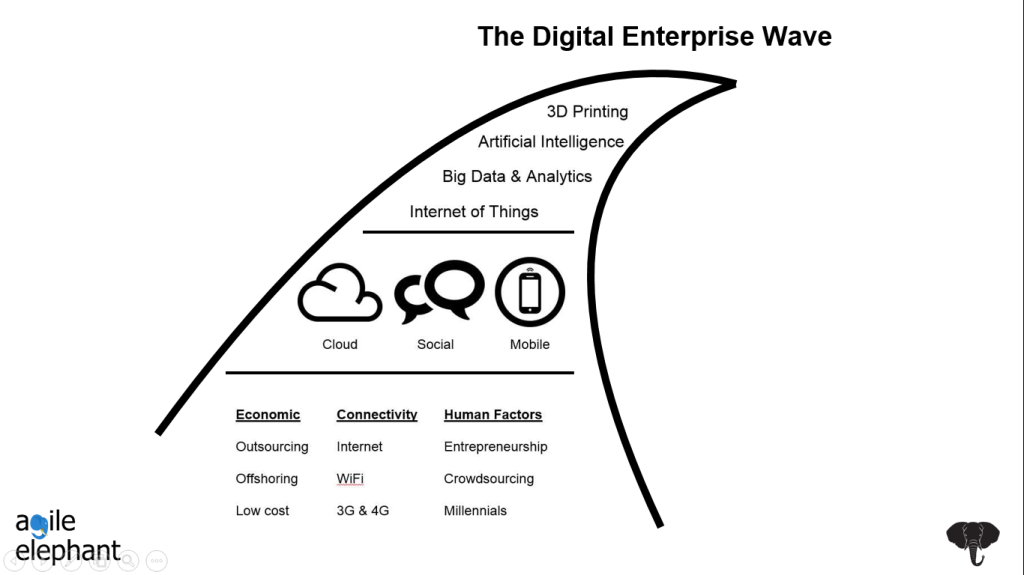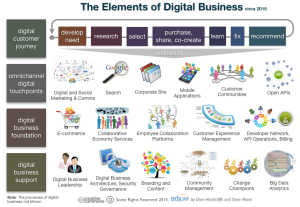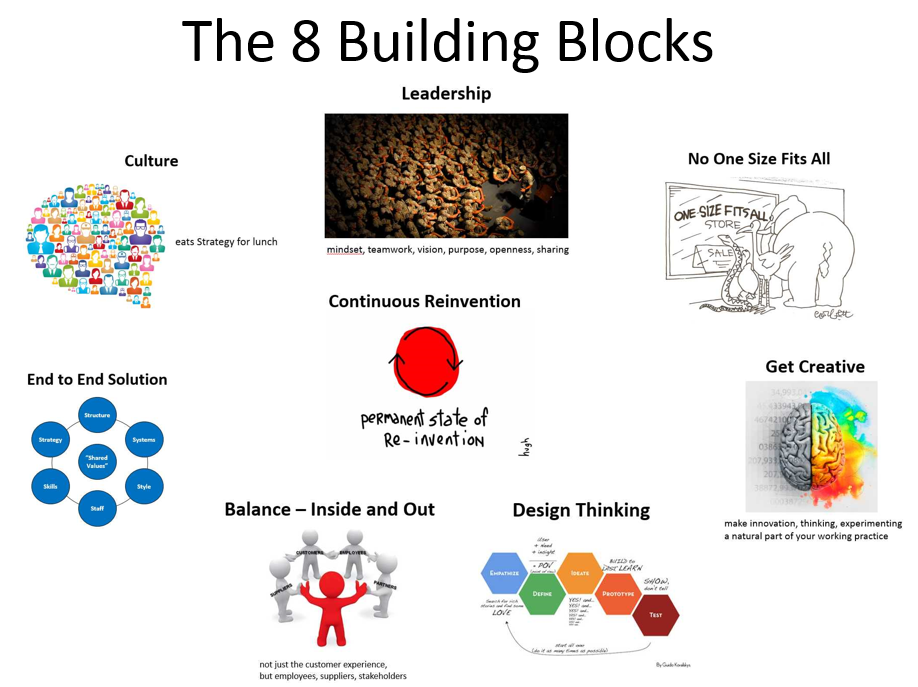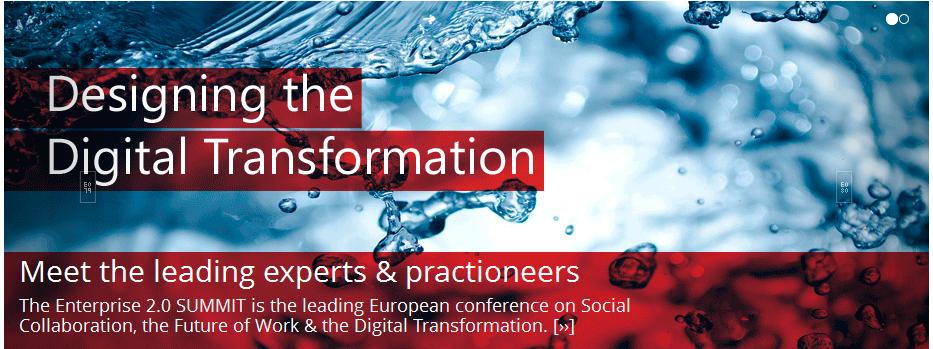As we all know “business as usual” just changed for every person, team and organisation on the planet. In this “new normal” there are plenty of lessons to learn, unlearn and relearn. Essentially, we need to keep calm and carry on, at the same time as recognising the significant new opportunities this throws up alongside the common problems we are all facing. With that backdrop IBM just made a very significant change, the timing of which was prescribed before these new events overtook us. A new CEO, Arvind Krishna, took the reins on Monday 6 April. I’d like to comment on the new direction this signals, as well as the implications of the other management changes and strategic points that are described in the open letter he wrote to all employees on his first day in the job. I must disclose that I have a soft spot for the IBM company as I worked there and first learned about business for nine years straight out of University. I lived through a good CEO and a bad CEO, but that’s a story for another time. For me the changes that are already happening in the new guy’s first week trigger a realignment, the continuation of a significant culture change, and the clear consolidation of the company’s strategy.

Arvind’s predecessor, Ginny Rometty, has been helping IBM shift gears over the last couple of years, handing off collaboration and other software products to HCL, repositioning their approach to the Cloud after some early missteps, mentioning the Watson brand a bit less and AI and cognitive a bit more, and then making the most significant acquisition in their history – $34Bn for Red Hat, which finalised last year. A move that massively positions IBM at the heart of the open source world. Insiders tell me her last internal video briefing got a bit emotional as she passed on the baton. Combined with Arvind’s open letter what does it all mean?
In the letter Arvind references the mainframe and other successful platforms in their history, and he says:
“I believe now is the time to build a fourth platform in hybrid cloud. An essential, ubiquitous hybrid cloud platform our clients will rely on to do their most critical work in this century. A platform that can last even longer than the others.”
Putting aside what he talks about as platforms two and three, he is quite rightly referencing that IBM “owned” and still owns the mainframe market and has been strong with other products, platforms and services too, but what he is really making clear is their intention to occupy the mission critical, hybrid multi-cloud applications space. He goes on to spell out the strategy in three clear steps:
“First, we have to deepen our understanding of IBM’s two strategic battles: the journey to hybrid cloud and AI. We all need to understand and leverage IBM’s sources of competitive advantage. Namely, our open source and security leadership, our deep expertise and trust, and the fact that we enable clients to build mission-critical applications once and run them anywhere.
Second, we have to win the architectural battle in cloud. There’s a unique window of opportunity for IBM and Red Hat to establish Linux, containers and Kubernetes as the new standard. We can make Red Hat OpenShift the default choice for hybrid cloud in the same way that Red Hat Enterprise Linux is the default choice for the operating system.
Third, we all must be obsessed with continually delighting our clients. At every interaction, we must strive to offer them the best experience and value. The only way to lead in today’s ever-changing marketplace is to constantly innovate according to what our clients want and need.”
I particularly like the continuous innovation message made explicit that underpins the third strand of the strategy. I understand from IBM insiders he has doubled down on the hybrid story and his intent with further internal videos. Importantly, Krishna comes from a technical rather than sales or operations background, ran IBM’s cloud and cognitive software unit and was the architect of the Red Hat purchase. This isn’t any sort of pivot or change from the recent direction of travel, it’s just laying it out with refined clarity. IBM have been saying for a while that the easy 20% of workloads have moved to the cloud, but the next 80% are the complex, legacy style applications, often mainframe based, that have been running banking, credit card transactions, big business and big retail for decades. IBM’s track record with those customers and that style of secure, mission-critical application marries up with the strategy to make Red Hat OpenShift and containers as the standard choice for an enterprise customer’s hybrid “develop once, deploy anywhere” multi-cloud strategy, making IBM an attractive proposition compared to the typical choice of public cloud providers. IBM can see a big revenue opportunity for the next generation of cloud applications beyond the straightforward public cloud infrastructure market, maybe even bigger and longer lasting than the mainframe market.
Microsoft with Azure are obvious competition in the hybrid multi-cloud space, along with some of the other players, but maybe the closest to IBM’s platform strategy are VMware, now part of Dell EMC. Thereby hangs an interesting proposition and internal coopetition challenge for IBM. They have a significant amount of revenue in customers using VMware – they will have to balance those revenues with Red Hat OpenShift inside the cloud and cognitive software business and make it work.
And that leads me to the next key point, which is the significance of two of the leadership changes Arvind just announced. Jim Whitehurst, who was the CEO of Red Hat, in his new role as President, will head IBM Strategy as well as the Cloud and Cognitive Software unit which Arvind used to run. This is effectively splitting Ginny’s role between Arvind and Jim, and importantly bringing the Cloud and Cognitive Software unit both under Jim’s wing and direct into the CEO. Intriguingly it means Jim is directly managing that coopetition between VMware and Red Hat OpenShift. It also means Jim will have a huge and direct influence on the culture of IBM right now rather than at some point in the future as the next potential “CEO in waiting” for the company. The other leadership surprise was bringing in Howard Boville from Bank of America to become Senior Vice President in charge of the IBM Cloud Platform. An outsider from both IBM and Red Hat. A customer. A CTO. A fresh set of eyes.
How will Jim influence the IBM culture? To try and understand that question I’ve just started reading his book The Open Organization: Igniting Passion and Performance. The foreword by Gary Hamel is very much my cup of tea and sets the scene beautifully. Here are the first two sentences:
“Here’s a conundrum. The human capabilities that are most critical to success – the ones that can help your organization become more resilient, more creative, and more, well, awesome – are precisely the ones that can’t be managed.”
The foreword, obviously written before the acquisition like the rest of the book, goes on to explain how Red Hat is one of the small but growing number of companies that have transcended the old trade-offs between scale and agility, efficiency and innovation, and discipline and empowerment. I’m only a few chapters in, and Jim’s whole message of why opening up your organisation matters is coming across loud and clear. And he’s bringing that to IBM.
One of the IBM insiders was telling me earlier today about an open “Ask Me Anything” internal Slack session that Arvind had just set up for that day. They went on to tell me how everyone is aligned to and excited by the new strategy.
IBM’s been around for 109 years. It’s been through ups and downs and the elephant has learned to dance. This might be one of the most significant weeks in its history as it sets foot on the path to “opening up”, with a refined and defined market differentiation, and a clear and transparently explained strategy.
This post was first published at Bloor Research. Agile Elephant is a strategic partner of Bloor Research. To find out more, please contact us.



